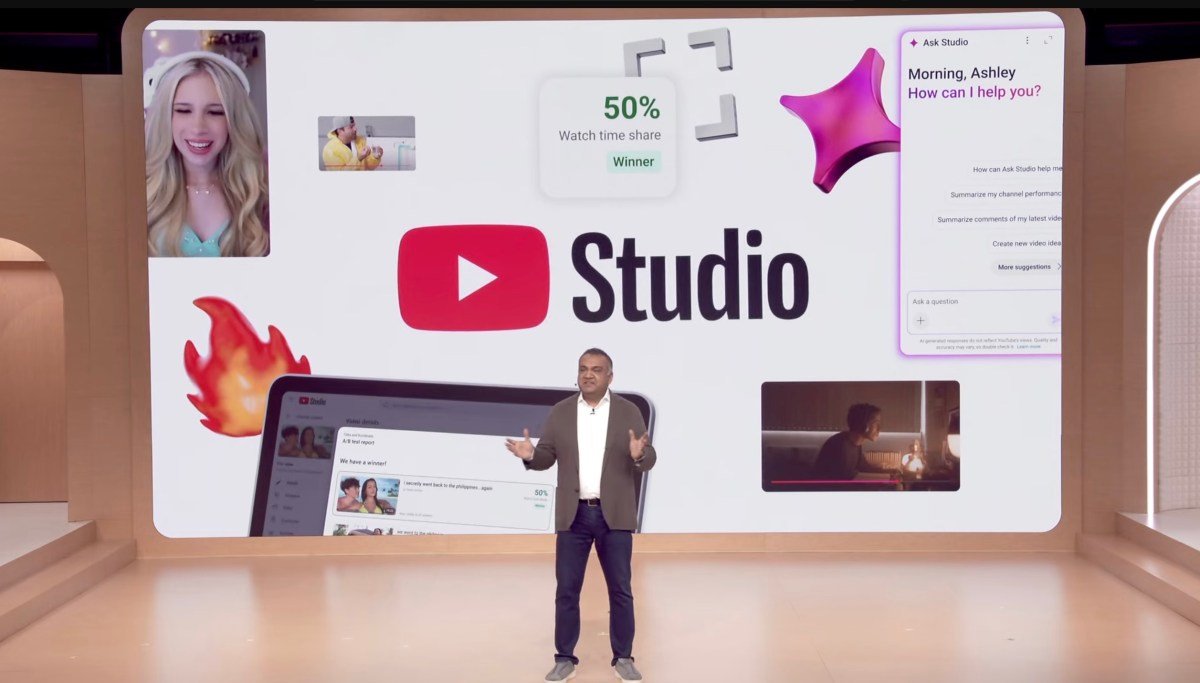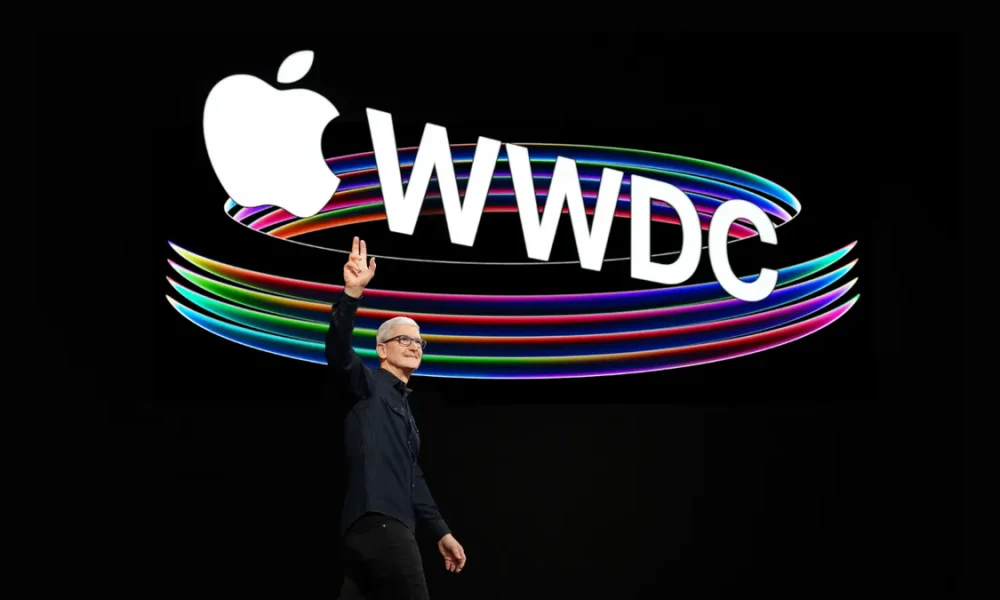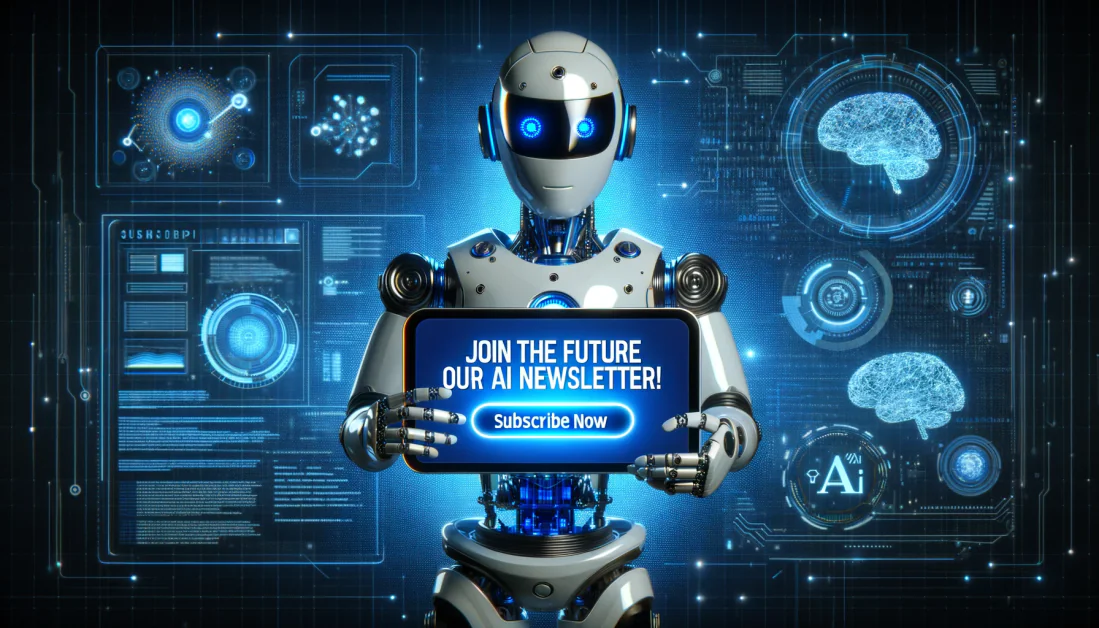Exciting New Features Unveiled at YouTube’s Annual Event
YouTube’s recent Made on YouTube event introduced a wealth of updates and tools designed for creators, including enhancements to YouTube Live, innovative monetization options, and much more.
Studio upgrades feature advanced “likeness” detection, lip-synced dubbing, and AI tools aimed at helping podcasters promote their shows.
Transforming the Studio Experience

Image Credits:YouTube
The newly revamped Studio includes powerful tools to help creators manage their channels effectively. Notable features are an inspiration tab, A/B testing for titles, and an auto-dubbing function.
A highlight is the “likeness” detection feature, now in open beta, enabling individuals to manage and flag unauthorized videos featuring their likeness.
Furthermore, the AI-powered Ask Studio is here to assist users by answering account-related queries. Creators can now collaborate with up to five others on a single video, expanding their audience reach.
Enhancements to YouTube Live

YouTube Live also witnessed significant updates, such as enabling creators to incorporate minigames during streams, broadcasting in both horizontal and vertical formats, and AI-generated highlights of the stream. A new ad format will enhance viewer experience by displaying ads adjacent to the main content.
AI-powered highlights will identify key moments for Shorts creation, making it easier for creators to share engaging content quickly.
YouTube is set to introduce a customized version of Veo 3, Google’s text-to-video model, for Shorts, alongside a remixing tool and an “Edit with AI” feature.
Innovations in YouTube Music
YouTube Music is also getting fresh updates that aim to foster deeper connections between artists and fans. Features like countdown timers for new releases and “thank you” videos allow artists to express gratitude to their supporters. Additionally, a pilot program will offer exclusive merchandise drops for U.S. listeners.

AI Innovations for Podcasters
Video podcasters in the U.S. can now leverage AI suggestions to create clips more efficiently. A forthcoming feature will allow the transformation of audio podcasts into video formats.
New Monetization Opportunities for Creators
YouTube is unveiling new ways for creators to monetize their content.
New features include brand deals through the YouTube Shopping program that allows creators to earn by tagging products in their videos. Creators can now swap out brand sponsorships in long-form videos.
Additionally, features like auto timestamps for product tags and a brand link feature for Shorts optimize the monetization process. An AI-powered system will automatically display product tags at highlight moments, enhancing the viewer’s purchasing experience.
Creators of Shorts can now include links to brand websites, and YouTube will proactively recommend creators compatible with brands through its creator partnerships hub.
Sure! Here are five FAQs about the recent updates announced at Made on YouTube, covering Studio, YouTube Live, new generative AI tools, and more:
FAQ 1: What new features have been added to YouTube Studio?
Answer: YouTube Studio has introduced an enhanced analytics dashboard, improved content management tools, and enhanced video editing capabilities. Creators can now access real-time performance metrics and engage more effectively with their audience through updated community features.
FAQ 2: How has YouTube Live been improved?
Answer: YouTube Live now offers new interactive features, including live polls and Q&A capabilities, allowing creators to engage with their audience in real time. Additionally, the streaming quality has been optimized for better performance, supporting higher resolutions and reduced latency.
FAQ 3: What are the new generative AI tools introduced for creators?
Answer: The latest generative AI tools empower creators by simplifying video creation and editing processes. These tools can automatically generate video suggestions, create captions, and even assist in scriptwriting, helping creators save time and enhance their content quality.
FAQ 4: Are there any new monetization options for creators?
Answer: Yes, YouTube has expanded monetization options, including new subscription models and merchandise integrations. Creators can now offer exclusive content through channel memberships and easily promote merchandise during their videos, enhancing their revenue streams.
FAQ 5: How does YouTube plan to support community engagement with these updates?
Answer: YouTube is focusing on enhancing community engagement through features like improved comment moderation, audience feedback tools, and enhanced community posts. These updates aim to foster a more interactive environment for both creators and viewers, allowing for better communication and connection.
Feel free to ask if you need additional information or specific details on any of these topics!





